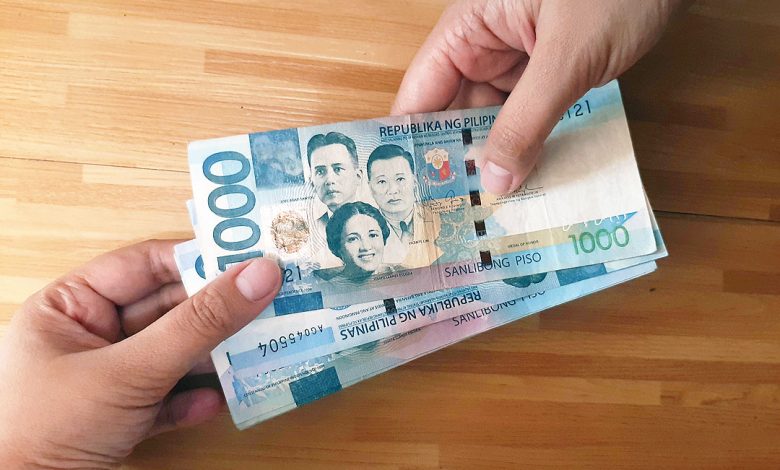Lending growth seen subdued this year

LENDING is expected to see subdued growth this year as banks remain risk averse amid the coronavirus disease 2019 (COVID-19) crisis, according to S&P Global Ratings.
“We see some early signs of revival in credit growth in the last few months supported by gradual economic recovery. For 2021, the banking sector’s loan portfolio is likely to grow by a minor 0.5%-1% over end-December 2020 level,” Nikita Anand, Associate Director at S&P Global Ratings, said in an e-mail.
Ms. Anand said the pandemic has made banks cautious, as reflected in the decline in the sector’s loan book in the past 12 to 18 months in comparison to what was seen before the crisis.
Latest data released by the central bank showed bank lending rose for the second straight month by 2.7% year on year in September. This was its fastest growth in 11 months or since the 1.8% in October 2020.
Prior to August, lending had contracted year on year from December 2020 to July 2021. This was the case even as the central bank kept interest rates at record lows since November 2020.
A central bank survey released last month showed banks mostly kept their strict lending standards in the third quarter as was seen during the crisis, although fewer lenders tightened credit rules.
For the fourth quarter, bank respondents in the study said they expect to relax their lending standards for retail borrowers, although they anticipate stricter credit rules for businesses.
Ms. Anand said improvement in the Philippines’ coronavirus situation could help make banks and borrowers less cautious, which could, in turn, fuel loan growth.
“This early trend in credit growth revival can [be sustained] if COVID-19 cases remain under control, vaccination rate improves and credit conditions stabilize. Banks can focus on growth opportunities as economic recovery picks up pace,” Ms. Anand said.
By 2022, bank lending could expand by 5-6%, under the assumption that the economy will continue to recover, she said.
“We expect improvement in macroeconomic conditions and mobility will be the driver of credit growth rather than any material relaxation of lending standards,” Ms. Anand said.
S&P expects Philippine gross domestic product to grow by 4.3% and 7.7% in 2021 and 2022, respectively.
Meanwhile, the debt watcher expects the banking industry’s nonperforming loan (NPL) and restructured loan ratio to hit 6% and 2.5% by end-December, respectively. As of August, the sector’s NPL ratio stood at 4.51%, while restructured loans made up 3.07% of lenders’ credit portfolio, based on central bank data.
“Consumers and small businesses will be the major contributors to new NPL formation reflecting tough employment conditions and loss of revenues from lockdowns,” Ms. Anand said.
On the other hand, she said banks’ exposure to severely hit sectors like tourism, transportation, trade, hotels, and restaurants, could also affect asset quality, even when general corporate borrowers’ profile has been sturdy so far. — Luz Wendy T. Noble




